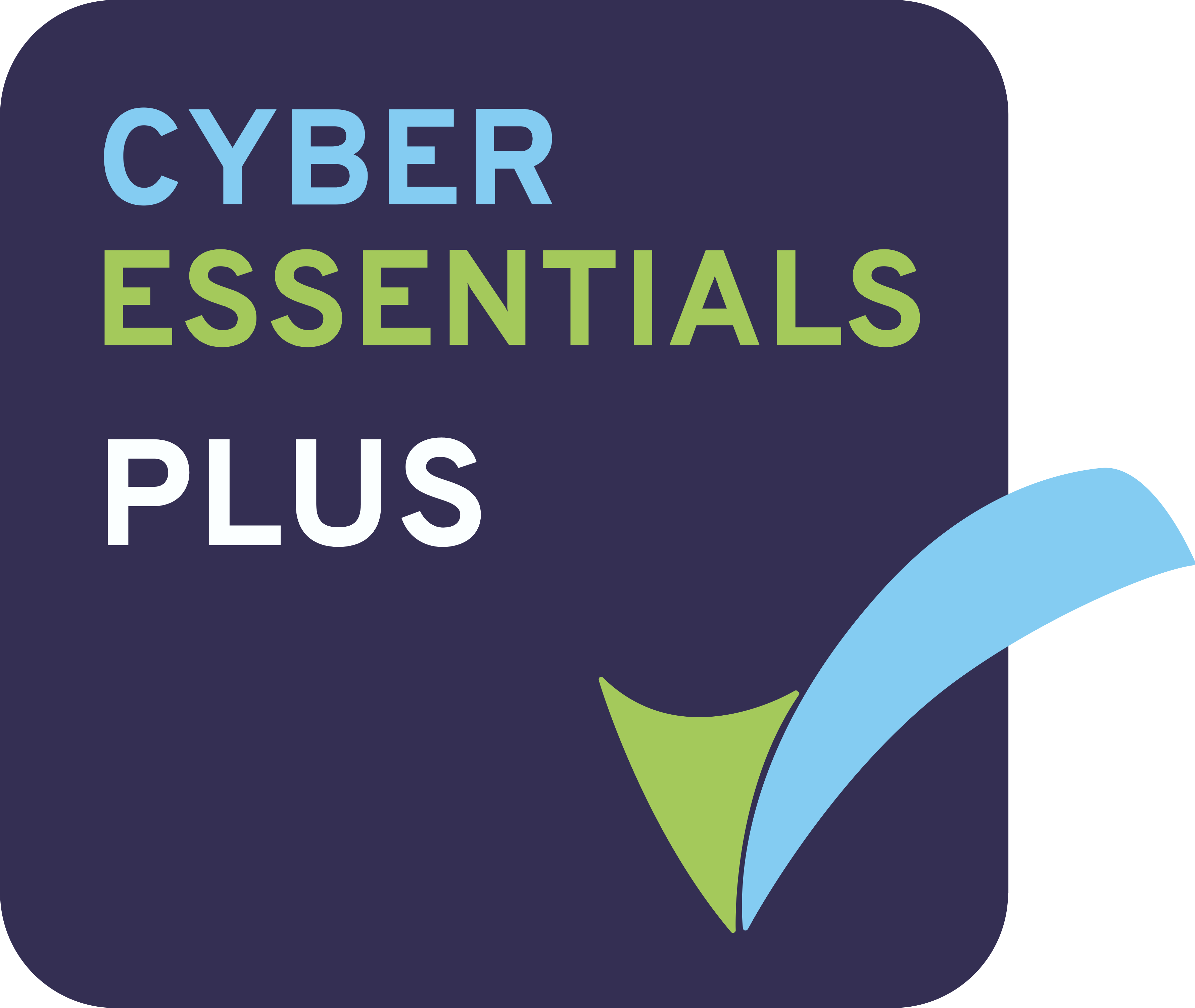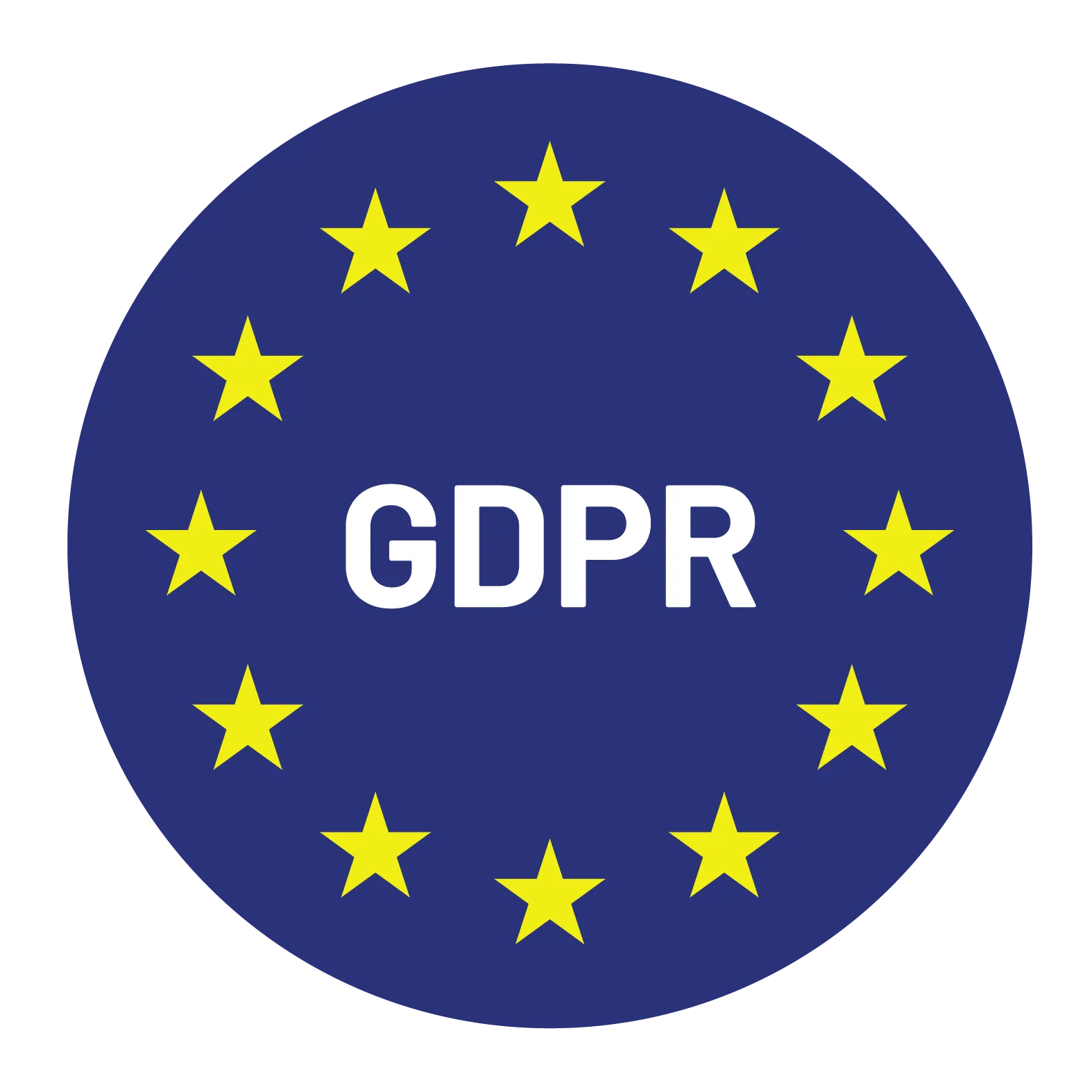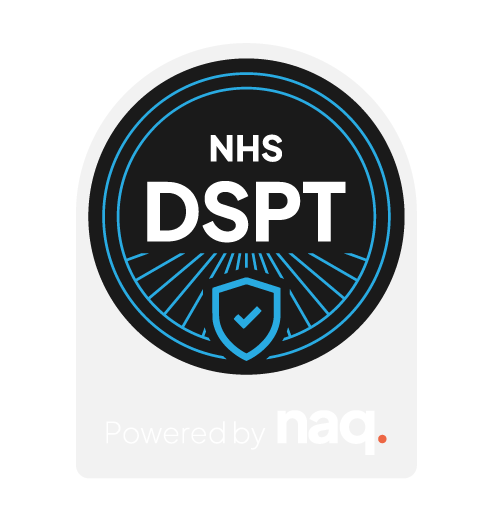DESCRIPTION
With smartphones and social media now a part of daily life, young people in supported accommodation face new and evolving safeguarding risks. From online grooming to exposure to harmful content, this article explores the growing threat landscape—and how care providers can respond with policy, training, and digital tools like OVcare.
When
June 2025
Who
Paula Martinez

The digital world is no longer a separate space—it’s where young people live, socialise, and seek connection. For those in supported accommodation, the internet offers opportunity, but it also poses serious threats. Grooming, exposure to harmful content, cyberbullying, and digital exploitation are no longer rare anomalies. They are routine risks, especially for young people with trauma backgrounds, mental health vulnerabilities, or inconsistent support networks.For care providers, this shift presents a difficult but necessary challenge: safeguarding now extends far beyond the front door
A Growing Risk in a Digital Age
Recent data from the Internet Watch Foundation shows a sharp increase in reports of self-generated sexual abuse imagery involving minors—often filmed or shared through messaging apps or social media platforms. Vulnerable adolescents, particularly those in semi-independent living arrangements, are disproportionately at risk.
Many young people in supported accommodation use smartphones without regular oversight. Staff may be trained in managing in-person risk but lack the confidence or resources to handle online scenarios. For example, a young person engaging with an adult via Snapchat may not raise immediate red flags until it’s too late. Similarly, the effects of exposure to online content promoting self-harm, eating disorders, or suicidal ideation may go unnoticed if staff aren't actively looking for it.
This is no longer a fringe issue. Providers across the UK are encountering these risks daily—often without a clear roadmap for response.
What the Regulator Expects
Although the law hasn’t introduced digital-specific safeguarding legislation for care homes, the expectations are clear. The Children’s Homes (England) Regulations 2015 require providers to protect children from all forms of harm, which includes access to harmful digital material.
More recently, Ofsted has begun asking direct questions during inspections about how providers identify and respond to online risks. This includes examining staff knowledge of digital abuse, the existence of appropriate safeguarding policies, and evidence of incidents being properly logged and followed up.
Failure to account for these factors can affect a setting’s safeguarding judgment—and, ultimately, its registration status.
Building a Culture of Digital Safety
Addressing digital safeguarding isn’t about imposing blanket bans or monitoring every click. It requires building a culture of awareness, trust, and appropriate boundaries. This starts with leadership. Managers must ensure their safeguarding policies explicitly address digital risks—from grooming to image-sharing to cyberbullying—and clearly outline how staff should respond.
Staff training is equally vital. Most safeguarding training still focuses on in-person scenarios, but frontline staff also need to understand how digital grooming works, what warning signs to look for, and how to talk to young people about online activity in a non-confrontational way. Roleplaying real-world scenarios can help teams build confidence—for example, how to respond if a young person mentions talking to an older adult online, or reveals they've been sent inappropriate messages.
Perhaps most importantly, safeguarding in digital spaces must be done with—not to—young people. Building trust is essential. Residents need to feel that staff are there to support them, not surveil them. Open conversations about online safety, privacy, and boundaries can help young people develop their own sense of digital resilience.
Technology as a Safeguarding Ally
While safeguarding is ultimately a human responsibility, technology can support care teams in managing risk more effectively. Platforms like OVcare play a role in embedding digital safeguarding into daily practice.
For example, the ability to log and categorise digital safeguarding concerns—such as reports of online bullying or grooming—gives teams a clear, timestamped record of incidents and actions taken. This not only supports compliance during inspection but also helps ensure no concern falls through the cracks.
OVcare also allows services to monitor training completion, track follow-up actions after a disclosure, and maintain oversight of young people’s risk profiles. Rather than working from memory or scattered paperwork, managers can see at a glance which residents have had prior digital concerns, what steps were taken, and whether follow-up conversations occurred.
It’s not about replacing staff instincts—it’s about reinforcing them with systems that support good decisions and prevent dangerous oversight.
Conclusion: Proactive, Not Reactive
The digital world isn’t going away. Young people in care deserve the same opportunities to connect, learn, and express themselves as their peers—but they also need the same safeguards, adapted to their unique vulnerabilities.
For providers, this means moving beyond passive awareness into proactive planning. It means writing digital safeguarding into policy, embedding it into training, and ensuring it becomes a part of everyday culture—from handovers to reviews to disclosures.
Care settings that embrace this approach, and use tools like OVcare to stay ahead of risk, will not only be inspection-ready—they will be doing what matters most: keeping young people safe in every space they occupy, online or off.
A Growing Risk in a Digital Age
Recent data from the Internet Watch Foundation shows a sharp increase in reports of self-generated sexual abuse imagery involving minors—often filmed or shared through messaging apps or social media platforms. Vulnerable adolescents, particularly those in semi-independent living arrangements, are disproportionately at risk.
Many young people in supported accommodation use smartphones without regular oversight. Staff may be trained in managing in-person risk but lack the confidence or resources to handle online scenarios. For example, a young person engaging with an adult via Snapchat may not raise immediate red flags until it’s too late. Similarly, the effects of exposure to online content promoting self-harm, eating disorders, or suicidal ideation may go unnoticed if staff aren't actively looking for it.
This is no longer a fringe issue. Providers across the UK are encountering these risks daily—often without a clear roadmap for response.
What the Regulator Expects
Although the law hasn’t introduced digital-specific safeguarding legislation for care homes, the expectations are clear. The Children’s Homes (England) Regulations 2015 require providers to protect children from all forms of harm, which includes access to harmful digital material.
More recently, Ofsted has begun asking direct questions during inspections about how providers identify and respond to online risks. This includes examining staff knowledge of digital abuse, the existence of appropriate safeguarding policies, and evidence of incidents being properly logged and followed up.
Failure to account for these factors can affect a setting’s safeguarding judgment—and, ultimately, its registration status.
Building a Culture of Digital Safety
Addressing digital safeguarding isn’t about imposing blanket bans or monitoring every click. It requires building a culture of awareness, trust, and appropriate boundaries. This starts with leadership. Managers must ensure their safeguarding policies explicitly address digital risks—from grooming to image-sharing to cyberbullying—and clearly outline how staff should respond.
Staff training is equally vital. Most safeguarding training still focuses on in-person scenarios, but frontline staff also need to understand how digital grooming works, what warning signs to look for, and how to talk to young people about online activity in a non-confrontational way. Roleplaying real-world scenarios can help teams build confidence—for example, how to respond if a young person mentions talking to an older adult online, or reveals they've been sent inappropriate messages.
Perhaps most importantly, safeguarding in digital spaces must be done with—not to—young people. Building trust is essential. Residents need to feel that staff are there to support them, not surveil them. Open conversations about online safety, privacy, and boundaries can help young people develop their own sense of digital resilience.
Technology as a Safeguarding Ally
While safeguarding is ultimately a human responsibility, technology can support care teams in managing risk more effectively. Platforms like OVcare play a role in embedding digital safeguarding into daily practice.
For example, the ability to log and categorise digital safeguarding concerns—such as reports of online bullying or grooming—gives teams a clear, timestamped record of incidents and actions taken. This not only supports compliance during inspection but also helps ensure no concern falls through the cracks.
OVcare also allows services to monitor training completion, track follow-up actions after a disclosure, and maintain oversight of young people’s risk profiles. Rather than working from memory or scattered paperwork, managers can see at a glance which residents have had prior digital concerns, what steps were taken, and whether follow-up conversations occurred.
It’s not about replacing staff instincts—it’s about reinforcing them with systems that support good decisions and prevent dangerous oversight.
Conclusion: Proactive, Not Reactive
The digital world isn’t going away. Young people in care deserve the same opportunities to connect, learn, and express themselves as their peers—but they also need the same safeguards, adapted to their unique vulnerabilities.
For providers, this means moving beyond passive awareness into proactive planning. It means writing digital safeguarding into policy, embedding it into training, and ensuring it becomes a part of everyday culture—from handovers to reviews to disclosures.
Care settings that embrace this approach, and use tools like OVcare to stay ahead of risk, will not only be inspection-ready—they will be doing what matters most: keeping young people safe in every space they occupy, online or off.



